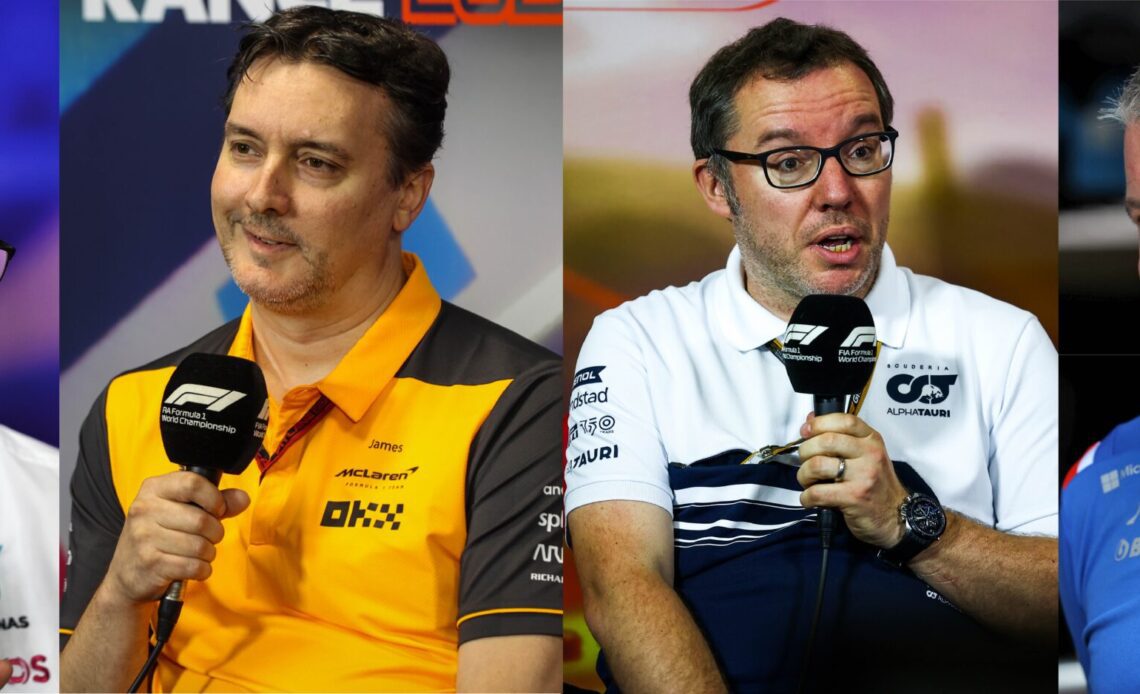Like any other sport in the world, developing the equipment in motorsport is an effective route to getting ahead of the competition. As with other sports, typically, technical convergence occurs as understanding increases. However, the first half of the 2022 Formula 1 season hadn’t seen the convergence some expected before this era started. So, how does such a physics-driven problem create so many different design options? The answer is philosophy. More specifically, the philosophy of those that lead the technical groups and their relationship with the physics at play.
AlphaTauri technical director Jody Egginton spent much of his career as a mechanical design engineer and race engineer before he moved into management. He says, ‘We drew dramatically different cars in the concept phase regarding bodywork and the floor’s details. The floor is one of the biggest aerodynamic performance differentiators, but the devil is in the detail. The bodywork has its authority, but it’s also a function of what you do with the floor and where you are with the power unit. Following the design phase, the sensitivity of specific parts differed from what we expected. My philosophy was to design for flexibility and development scope and package protection to give ourselves a lot of opportunities for manipulating the car, particularly in the sidepod packaging. We haven’t used much of that package protection yet, but we felt it was the right way to develop it. The worst thing you can do is to develop a fantastic aerodynamic platform and have to redesign a lot of mechanical bits underneath them and shift them around to realise your dream.’
James Key, McLaren’s Technical Director, studied a Bachelor of Engineering degree, mainly mechanical, which comprised a whole range of engineering disciplines. He started working in Formula 1 in 1998 at 26 and became Jordan’s technical director in 2005, aged 33, which made him one of the youngest to hold that position in the sport. ‘Your engineering background and expertise definitely influence how you view a car and your technical philosophy,’ he says. ‘What influenced me most was that I started working trackside. When you see the sharp end as your first understanding of what Formula 1 is, that’s an illuminating place to learn. You can put together the way the tyres are behaving, your control systems, your aero balance, where the driver is on track, your mechanical setup, and the track condition; you can put it…
Click Here to Read the Full Original Article at Racecar Engineering…

